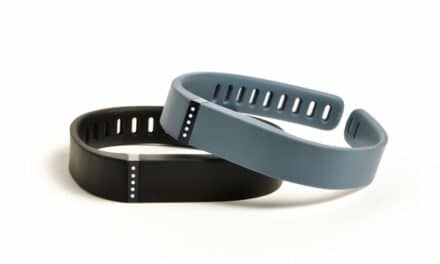We’re excited to introduce this forum as a way for you to connect with your colleagues, and us. If you’re not familiar with a blog—a term that combines the words Web and log—it is an interactive medium for visitors to exchange ideas. For our purposes, it’s a chance for each of you to write in and let others in the clinical/biomedical engineering field know how you use technology and/or procedures in a way that benefits your department and your organization.
A “best practice” is defined as any way of doing business that is more successful at accomplishing a goal than any other practice, and is based on procedures that large numbers of people have proven over time. So I invite you to “blog” with us and highlight a shortcut you’ve found to organize maintenance information, a method you have used to spotlight your department’s accomplishments, a way to get new training at a reduced cost, or a streamlined practice you’ve discovered to analyze the best equipment for a new purchase. This is your blog.
To get us started, do you remember the article published in the Journal of the American Medical Association June 25 issue? It was the report stating that radiofrequency identification (RFID) devices could cause electromagnetic interference (EMI), leading to the malfunction of medical equipment. Fortunately, one of our board members, Barbara Christe, program director of biomedical engineering technology at Indiana University Purdue University, Indianapolis, had recently completed a broad study and commented on the findings. According to Barb, the distance of .1 cm used in the test seemed unlikely in actual practice. “In our clinical trials, we began testing at 1 foot from the antennas and noted no interference in all 1,600 tests,” she said.
And how does that relate to our best practices blog? Barb added that interference between technologies and devices is always a concern in the clinical setting, and that careful and reasonable assessments are the best approach—or best practice—to evaluate that concern.
In general, performing thorough reviews and evaluations of new technology will ensure the medical devices you’re considering are compatible with other devices and your network. Can you relate any experiences you’ve had like this? Blog and tell us how you evaluate new technology.




